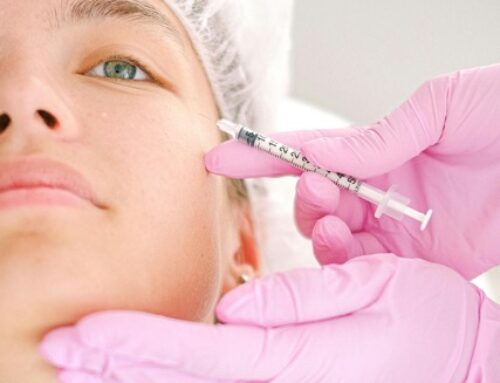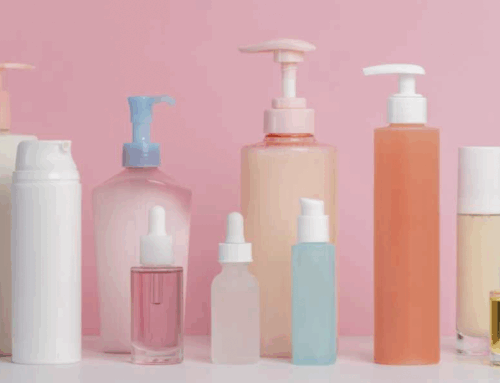In recent years, the beauty industry has seen a monumental shift toward ethical practices, with one of the most significant changes being the move to start eliminating animal testing in cosmetics. As consumers become more conscientious about where their products come from, brands are under increasing pressure to provide cruelty-free options. Fortunately, advancements in science and technology are paving the way for a future where animal testing is no longer necessary. Here’s why this change is important and how it’s being achieved.
Why We Need to Eliminate Animal Testing in Cosmetics
Animal testing has long been a standard practice in the cosmetics industry, primarily used to evaluate the safety and efficacy of new products. However, the ethical concerns surrounding animal testing have led to widespread public outcry. According to the FDA, new research and evolving testing methods have shown that animal testing is not only cruel but also unreliable, as animals do not always react to substances the same way humans do. This discrepancy can lead to misleading results that don’t reflect how a product will affect human skin, eyes, or overall health.
In response to these concerns, many companies are making conscious efforts to phase out animal testing in favor of alternative methods that are not only more humane but also more effective and reliable. This shift aligns with growing consumer demand for cruelty-free products, with a recent survey showing that nearly 70% of beauty consumers prefer purchasing from brands that do not test on animals.
Breakthroughs in Science: 3D-Printed Synthetic Skin
One of the most promising developments in the fight to eliminate animal testing in cosmetics comes from the world of 3D printing. Researchers have successfully developed synthetic skin models that can replicate human skin cells, offering a more accurate and ethical alternative to animal-based testing. This revolutionary technology can mimic various skin conditions and responses to different cosmetic ingredients, providing researchers with data that is far more applicable to human health.
A team of researchers recently unveiled a 3D-printed synthetic skin model, which allows scientists to test cosmetics and skincare products without harming animals. The model mimics human skin, offering an unprecedented level of precision in testing. It’s a game-changer for the cosmetics industry, offering both ethical and scientific advantages.
The Role of the FDA in Eliminating Animal Testing
The U.S. Food and Drug Administration (FDA) has also made significant strides toward eliminating animal testing. The FDA announced a plan to phase out the requirement for animal testing in the approval process for monoclonal antibodies and other drugs. This move not only highlights the growing trend toward cruelty-free practices but also opens the door for non-animal testing alternatives to become the norm across the pharmaceutical and cosmetics industries alike.
The FDA is promoting the use of non-animal methods such as human cell cultures, organ-on-a-chip technology, and computational modeling, which can predict how substances will behave in the human body. These alternatives are more accurate and relevant, and their use is expected to increase as they gain regulatory approval.
How Eliminating Animal Testing Will Improve the Cosmetic Industry
The elimination of animal testing in cosmetics is not just a matter of ethics; it’s also a matter of improving the safety and efficacy of the products we use every day. By adopting innovative technologies such as 3D-printed synthetic skin and exploring alternative testing methods, the beauty industry is moving toward a future where cruelty-free products are the norm rather than the exception. Consumers have a powerful role to play in this transition. As the demand for ethical products continues to grow, we can look forward to a future where animal testing in cosmetics is nothing but a distant memory.





